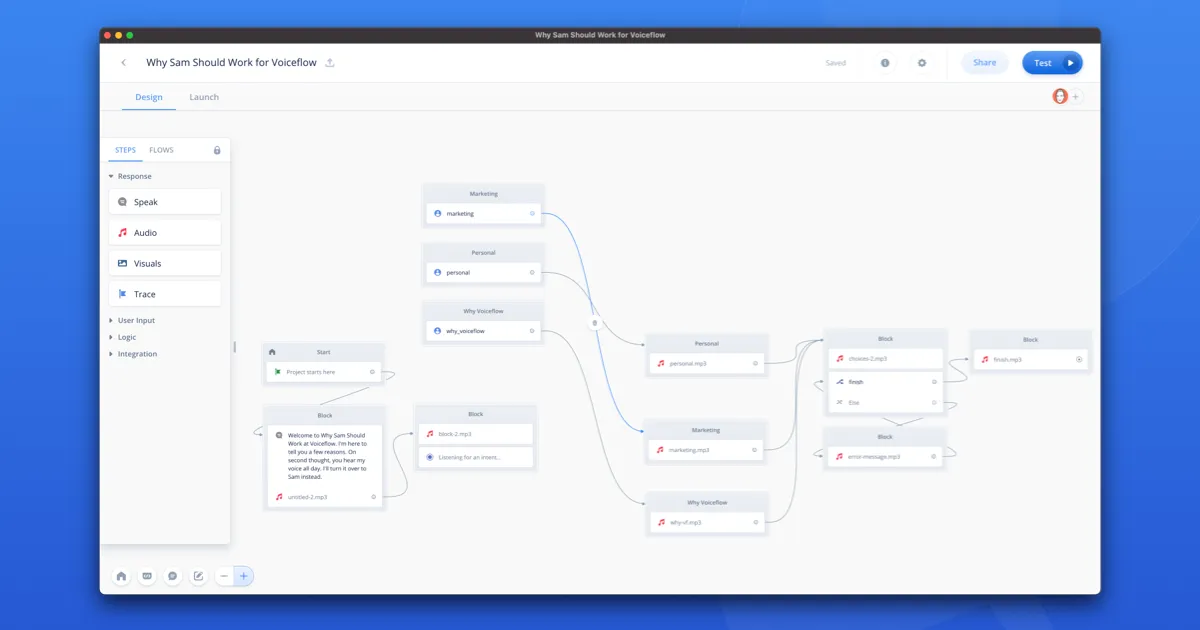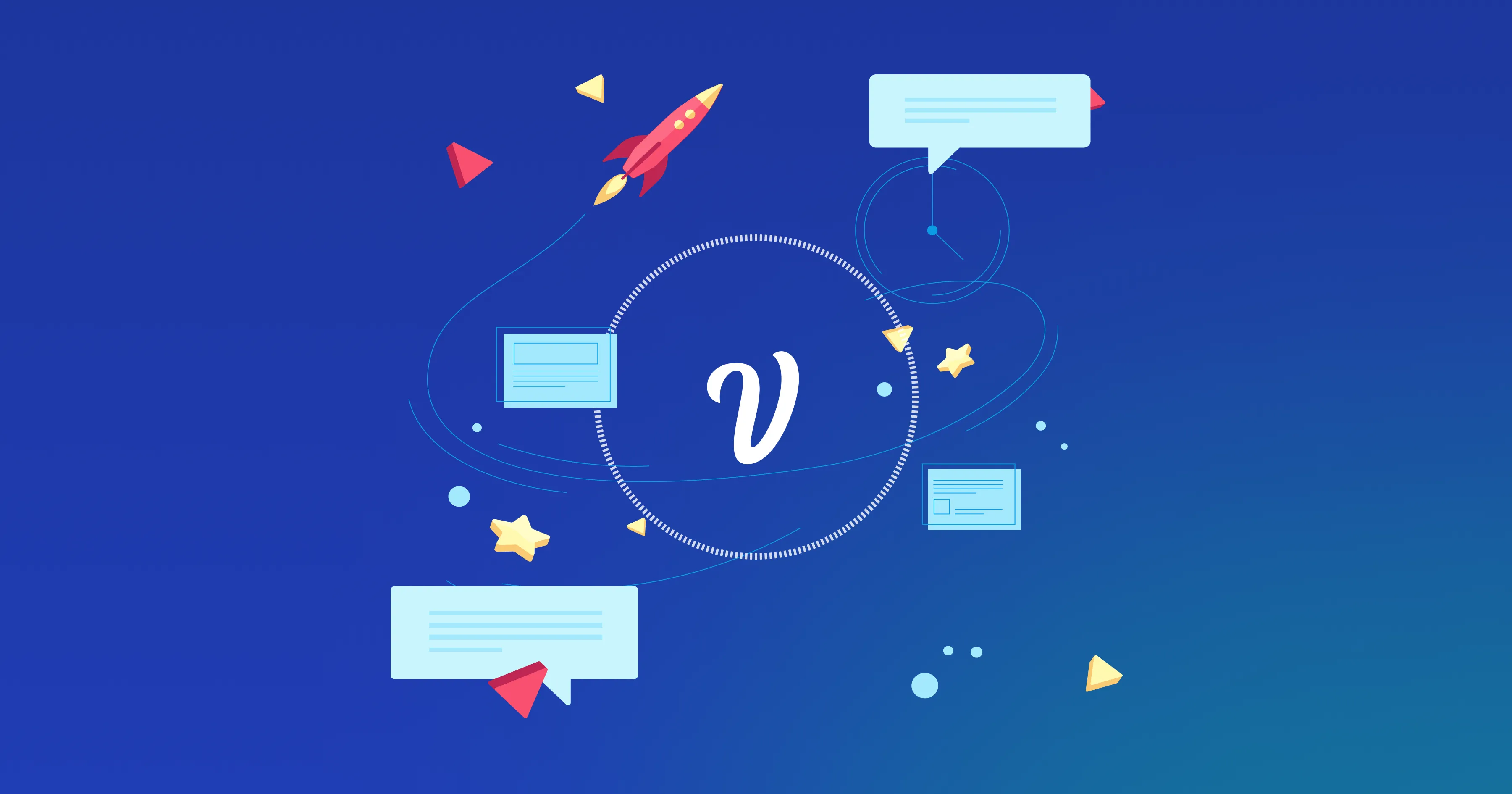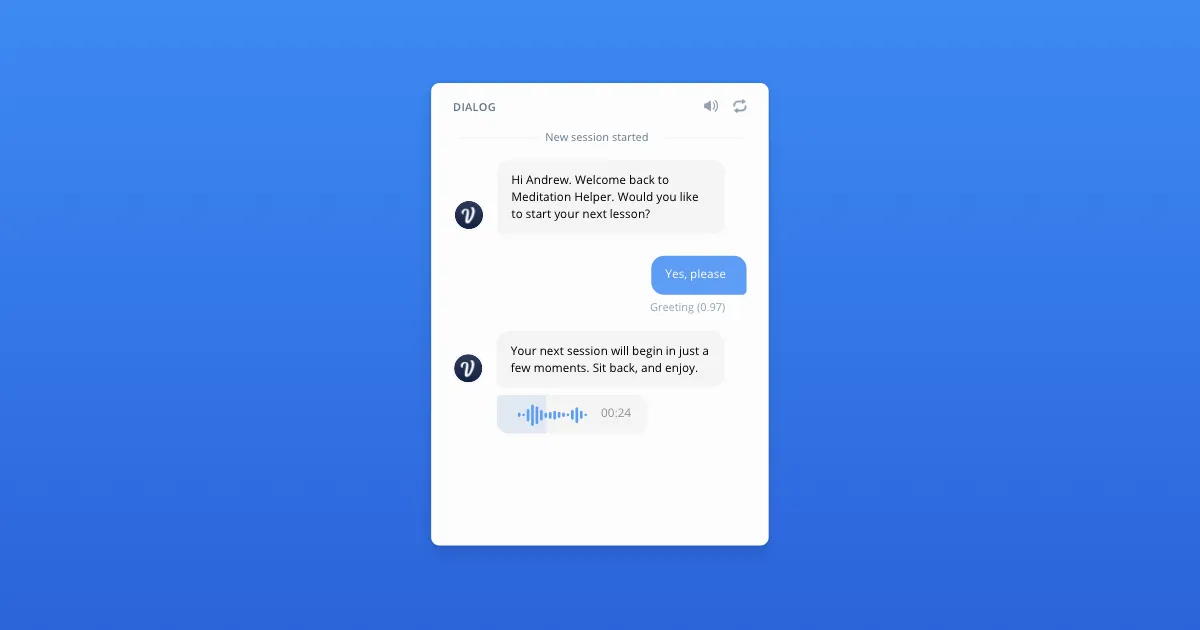Introducing The Resume Assistant
Consider this applicant/company back-and-forth in a traditional setup.
Company: We're hiring! Please apply here.
Applicant: Here's my resume. I have relevant experience!
Company: ...
Applicant: Here's my cover letter. I can write and have human emotion!
Company: ...
Applicant: Go see my portfolio website. I have visual storytelling skills!
Company: ...
Applicant: Find me on Twitter. I'm tapped into industry conversations!
Company: Thank you for your interest in Company X. We've received your application materials for the role, but due to the high quality candidates for this position, we do not feel like you are a fit at this time.
Now, take the resume assistant (see below) as a different approach to applying. The hiring manager or team has the chance to have a conversation from step one. Instead of reading a resume to learn about work experience or scroll through a Twitter account to understand personality, they're prompted to ask.

The resume voice assistant injects creativity into your application, allowing the manager or team to ask about you, rather than just read.

Having those questions answered on demand by the applicant's voice makes for a conversation before an interview even begins.
This slight shift makes a mighty difference.
Build for impact, not complexity
My conversational experience was not built for complexity. Instead, its path contained just a few key steps: an introduction & three intents.
This framework gave me a place to then insert my personal, professional, and "why Voiceflow" stories directly into the conversation flow. Although having originally tested the tool in early 2019, my Voiceflow build skills were very green as I sat down to develop. The no-code solution, in my case, allowed for a quick, creative build.

Designing each block with my story in mind, the .mp3 audio tool made prototyping a breeze. The most stressful part of process? Figuring out what I wanted to say. Despite the stage fright, I now had a chance to have a conversation where one typically didn't exist.
Accessible as both an Alexa Skill and general assistant prototype, the Voiceflow team could ask Alexa, "Why Sam Should Work For Voiceflow," or simply interact on desktop or mobile via the shareable creator prototype link (above).
The Resume Assistant Experience vs. Traditional Application
Let's look at an example of that initial application, but with the resume assistant and good conversation design leading the way.
Company: We're hiring! Please apply here.
Applicant: Hello! I've sent in my resume and other application materials. In the meantime, you can get to know me better using my resume assistant.
Assistant: Hey, welcome to Why Sam Should Work at Voiceflow! You can learn about my career, personal life, and why I want to join your company.
Company: Tell me more about your professional experience to start.
Assistant: I've spent 5 years at an advertising agency working with more than 15 brands across a variety of industries. Content marketing, social media, and public relations are some of my areas of expertise.
Company: Why do you want to work here?
Assistant: Good question. I've followed your brand for more than 3 years and love where the company is headed. The culture seems to fit my core values, too.
Company: What about you personally?
Assistant: I live in the Midwest and love all things Wisconsin. Outside of work hours, I have a passion for the Green Bay Packers, craft beer, and running my family's foundation.
Company: Thanks! Let's wrap it up.
Assistant: Thank you for taking the time to listen to Why I Should Work at Voiceflow! If you want to see more, check out my portfolio website, social pages, and resume found in the application materials.
For context, the shared prototype below is what I used to share the assistant with the Voiceflow team. In addition to supporting Amazon Alexa and Google Assistant, Voiceflow supports general assistants now, too. So, it's even easier for a job candidate to share a project link directly with the hiring team in an introduction email or application portal.

This type of conversation stands out. Sure, the fact that it's a new way to apply for a job is unique. That sets an applicant apart just like a having a website portfolio might have done 7 years ago. A flashy new medium is not the main point, though.
It's the quality conversation.
These "get to know you" questions that are typically asked in the first interview are now answered before the company even meets the applicant. The hiring team gets a sense of qualifications and culture fit that has more depth and personality than any cover letter could ever muster.
For the first time, I wasn't doing all the talking. The conversation made all the difference.
What's Next?
Do you remember the story about the guy that secured 10 interviews with a box of donuts? Just like that eager, recent graduate creatively got his resume in front of the right people to start the conversation in 2016, building a simple general assistant using conversational ai can make an equally hefty (and innovative) impact for candidates in 2021.
I'm confident that conversation design and voice user interface design can be used by any applicant in any industry. As communication tools and skills are must-haves for almost every career, voice and conversation design is the next step of that communication. The opportunity to create a healthy dialogue where there typically might not be one is so valuable.
Now, it's your turn to make a resume assistant.
You don't need design or coding skills to do it, either. To make it easy, I've put together a template Voiceflow project that can be used to build your own resume/about me voice experience.
After signing up for a creator account, follow the step by step instructions in the demo project to design and prototype your own resume assistant. Working from my sample audio, you can record your own story in the design process and then share the link as part of any job application.
You can create your own assistant using our template link here.

Whether you've followed Voiceflow for years, or this post is your introduction, the recent rollout of V2 provides a fresh and more simple way for non-designers to start in the space. Whether that's an individual resume assistant or bringing voice to a business, I could not be more excited to explore the opportunities for ideating and sharing with this community.
Build your own resume assistant using our template project.
Ideas or questions? Send me an email at sam.burns@voiceflow.com.
Introducing The Resume Assistant
Consider this applicant/company back-and-forth in a traditional setup.
Company: We're hiring! Please apply here.
Applicant: Here's my resume. I have relevant experience!
Company: ...
Applicant: Here's my cover letter. I can write and have human emotion!
Company: ...
Applicant: Go see my portfolio website. I have visual storytelling skills!
Company: ...
Applicant: Find me on Twitter. I'm tapped into industry conversations!
Company: Thank you for your interest in Company X. We've received your application materials for the role, but due to the high quality candidates for this position, we do not feel like you are a fit at this time.
Now, take the resume assistant (see below) as a different approach to applying. The hiring manager or team has the chance to have a conversation from step one. Instead of reading a resume to learn about work experience or scroll through a Twitter account to understand personality, they're prompted to ask.

The resume voice assistant injects creativity into your application, allowing the manager or team to ask about you, rather than just read.

Having those questions answered on demand by the applicant's voice makes for a conversation before an interview even begins.
This slight shift makes a mighty difference.
Build for impact, not complexity
My conversational experience was not built for complexity. Instead, its path contained just a few key steps: an introduction & three intents.
This framework gave me a place to then insert my personal, professional, and "why Voiceflow" stories directly into the conversation flow. Although having originally tested the tool in early 2019, my Voiceflow build skills were very green as I sat down to develop. The no-code solution, in my case, allowed for a quick, creative build.

Designing each block with my story in mind, the .mp3 audio tool made prototyping a breeze. The most stressful part of process? Figuring out what I wanted to say. Despite the stage fright, I now had a chance to have a conversation where one typically didn't exist.
Accessible as both an Alexa Skill and general assistant prototype, the Voiceflow team could ask Alexa, "Why Sam Should Work For Voiceflow," or simply interact on desktop or mobile via the shareable creator prototype link (above).
The Resume Assistant Experience vs. Traditional Application
Let's look at an example of that initial application, but with the resume assistant and good conversation design leading the way.
Company: We're hiring! Please apply here.
Applicant: Hello! I've sent in my resume and other application materials. In the meantime, you can get to know me better using my resume assistant.
Assistant: Hey, welcome to Why Sam Should Work at Voiceflow! You can learn about my career, personal life, and why I want to join your company.
Company: Tell me more about your professional experience to start.
Assistant: I've spent 5 years at an advertising agency working with more than 15 brands across a variety of industries. Content marketing, social media, and public relations are some of my areas of expertise.
Company: Why do you want to work here?
Assistant: Good question. I've followed your brand for more than 3 years and love where the company is headed. The culture seems to fit my core values, too.
Company: What about you personally?
Assistant: I live in the Midwest and love all things Wisconsin. Outside of work hours, I have a passion for the Green Bay Packers, craft beer, and running my family's foundation.
Company: Thanks! Let's wrap it up.
Assistant: Thank you for taking the time to listen to Why I Should Work at Voiceflow! If you want to see more, check out my portfolio website, social pages, and resume found in the application materials.
For context, the shared prototype below is what I used to share the assistant with the Voiceflow team. In addition to supporting Amazon Alexa and Google Assistant, Voiceflow supports general assistants now, too. So, it's even easier for a job candidate to share a project link directly with the hiring team in an introduction email or application portal.

This type of conversation stands out. Sure, the fact that it's a new way to apply for a job is unique. That sets an applicant apart just like a having a website portfolio might have done 7 years ago. A flashy new medium is not the main point, though.
It's the quality conversation.
These "get to know you" questions that are typically asked in the first interview are now answered before the company even meets the applicant. The hiring team gets a sense of qualifications and culture fit that has more depth and personality than any cover letter could ever muster.
For the first time, I wasn't doing all the talking. The conversation made all the difference.
What's Next?
Do you remember the story about the guy that secured 10 interviews with a box of donuts? Just like that eager, recent graduate creatively got his resume in front of the right people to start the conversation in 2016, building a simple general assistant using conversational ai can make an equally hefty (and innovative) impact for candidates in 2021.
I'm confident that conversation design and voice user interface design can be used by any applicant in any industry. As communication tools and skills are must-haves for almost every career, voice and conversation design is the next step of that communication. The opportunity to create a healthy dialogue where there typically might not be one is so valuable.
Now, it's your turn to make a resume assistant.
You don't need design or coding skills to do it, either. To make it easy, I've put together a template Voiceflow project that can be used to build your own resume/about me voice experience.
After signing up for a creator account, follow the step by step instructions in the demo project to design and prototype your own resume assistant. Working from my sample audio, you can record your own story in the design process and then share the link as part of any job application.
You can create your own assistant using our template link here.

Whether you've followed Voiceflow for years, or this post is your introduction, the recent rollout of V2 provides a fresh and more simple way for non-designers to start in the space. Whether that's an individual resume assistant or bringing voice to a business, I could not be more excited to explore the opportunities for ideating and sharing with this community.
Build your own resume assistant using our template project.
Ideas or questions? Send me an email at sam.burns@voiceflow.com.






.webp)
.svg)